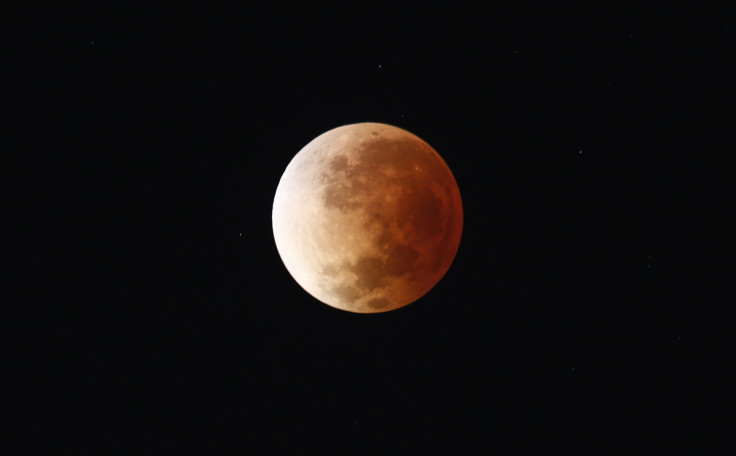Study Links Moon’s Formation To Collision Between Early Earth And Theia, A Planet-Sized Body

A group of German scientists have examined moon rocks brought back by Apollo astronauts and found evidence that lends strength to the theory that the moon was formed after the Earth collided with a planet-sized body named Theia 4.5 billion years ago.
According to the scientists, the collision between early Earth and Theia was a brutal one, and while the latter was destroyed by the impact, much of its remnants -- together with some debris from Earth -- eventually came together and led to the formation of the moon. The latest findings are expected to help scientists better understand the moon’s origin.
“We can now be reasonably sure that the giant collision took place,” Daniel Herwartz, a geochemist at the University of Cologne in Germany and the study’s lead author, said in a statement, obtained by the Christian Science Monitor.
Space rocks, or meteorites, from different parts of the solar system have different proportions of oxygen varieties, also called isotopes, according to the study. And, the computer models that recreated the giant galactic clash suggest that the moon should have a higher portion of Theia in its composition, and therefore a different isotope ratio than that of the Earth. But, researchers who previously studied the Apollo moon rocks had failed to find any significant difference in isotope ratios between Earth and the moon.
However, Herwartz and his team applied a new approach to look for differences in the ratio of two oxygen isotopes -- oxygen-17 and oxygen-16 -- between moon rocks and Earth rocks. The scientists extracted oxygen samples from all the moon rock samples and found that for every million oxygen-16 isotopes, the moon rocks had a dozen more oxygen-17 isotopes than rocks derived from Earth’s mantle.
This difference “supports the view that the Moon formed by a giant collision of the proto-Earth with [an impactor],” the scientists said in a statement, according to Science.
The new results suggest that remnants of Theia account for nearly 40 percent of the moon’s composition while the Earth is responsible for the rest, the scientists said, adding that Theia likely had a composition resembling a type of meteor called enstatite chondrites.
“Now that a difference has been found, many will work to confirm or deny it and do battle over what it means,” David Stevenson of the California Institute of Technology in Pasadena told Science.
© Copyright IBTimes 2024. All rights reserved.






















